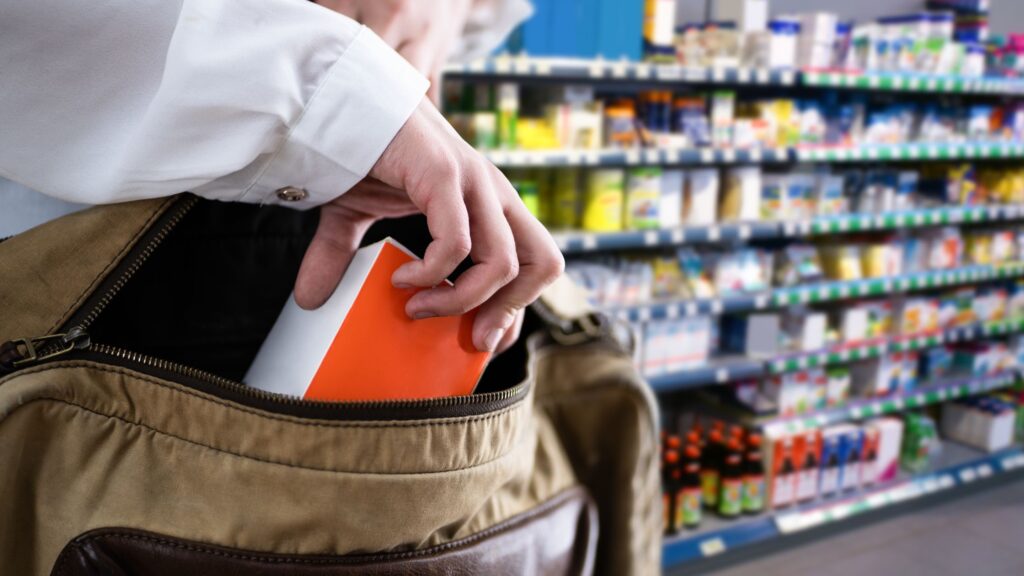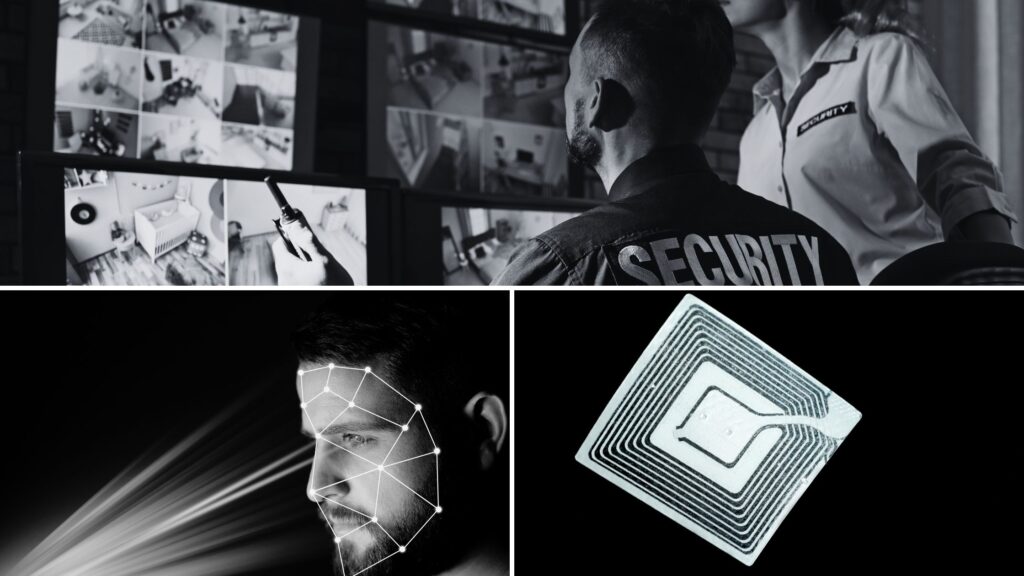Is Artificial Intelligence the answer for retailers tackling rising theft in stores?
Escalating business costs and supply chain issues are posing a significant challenge for Australian retailers, putting enormous pressure even on grocery giants Woolworths and Coles. Add to that the cost of living pressures on the average household, mean that consumers are reducing their discretionary spending to help with their surging living costs including housing, food, utilities and transport.
With this cost of living crisis government statistics show — and retailers are also reporting — a large increase in theft in store and in their supply chains. The National Retail Association in Australia reports that retail crime including shoplifting, robbery and vandalism can cost retailers up to $9 billion each year. There has also been a recent spike with assaults on retail workers and increased violent or aggressive behaviour. Retailers refer to the risk-reward ratio for retail crime, with many thefts going unreported, retailers comment on not finding it easy to report, solve or prevent crime in stores, and police resources are stretched with prosecution rates for retail theft being relatively low.
AI is frequently hitting the headlines and with the incredible technological advancements there is much discussion around the vulnerabilities and challenges of managing and fully comprehending the consequences of AIs capabilities. For retailers who are faced with such challenging operating conditions — could AI offer them a fighting chance to combat the big issue of loss and theft?
What are leading and innovative retailers turning to help them survive the next big challenge since COVID?

Retailers are now using facial recognition technology to identify shoplifters entering their stores
Advancing internet-connected camera technology is now harnessing AI to analyse metadata from video images captured by cameras installed in some retail stores. The AI facial recognition system connects to a database of known shoplifters, so when customers enter a store that is using this technology their facial biometrics can be recognised with the camera capturing a picture and comparing the biometrics stored on the secure database. If the person entering the store is found in the database the relevant store staff receive a notification on their linked device alerting them. They can then notify shop floor staff and/or security to watch the person and decide whether to intercede.
Analytic software is being used in video monitoring
CCTV and video monitoring in public spaces is so commonplace that people have come to expect cameras in shops, restaurants and on the street. Advances in video monitoring mean that now not only do some cameras simply record footage, but they also have the capability to monitor and recognise suspicious behaviour.
The metadata in the analytic software means that the camera can operate in a similar way to how the human eye transmits information to the brain. The camera has the same ability to analyse images and detect questionable behaviour, such as concealing items. It can even activate a warning over a speaker and/or use lights, for example, in a car park to scare a potential thief before they have even committed a theft or criminal act. Prevention of theft is a tool that has the potential to save retailers huge amounts in lost time and revenue!
Auror is a surveillance platform that is widely used by Australian retailers including Bunnings, who have recently started displaying new signage outside of their stores to inform customers that facial and number plate recognition may be used. This has raised concerns and sparked a debate about privacy issues and how information is collected, shared and stored. Auror has responded to these concerns and says that while AI data matching is used there is always a human reviewing it.
Radio frequency identification (RFID) tags
RFID tags are wireless tracking systems that use radio frequency to identify, track and communicate with objects that are tagged. They can store information including serial numbers and descriptions. Retailers are using a new RFID soft tag that has an embedded sensor which is only deactivated at checkout. These tags are not detectable to consumers and so a stolen item can be tracked to help to retrieve the object and prosecute perpetrators.
In the US a home improvement store, Lowe’s is using this kind of technology. Their power tools were a target for thieves and through an initiative called Project Unlock a unique ID is given to each power tool. When they are purchased the RFID system activates the power tool so that it can be used. The purchase is recorded to a public blockchain network (this is a database that allows information sharing with a business network). If a power tool is stolen it won’t be activated to work and if someone attempts to sell it on, it won’t be registered on the blockchain so will indicate that it could be stolen or that the status is unknown, which brings its authenticity into question.

Theft prevention
Investing and implementing in theft prevention like these can certainly help to significantly reduce theft and loss in stores. It does also open up questions on ethics and privacy and the reliability of AI, for example what happens if facial recognition mistakenly identifies someone? When implementation happens too quickly privacy and legal issues can arise, but if implemented well with due process — and when it is ultimately controlled and reviewed by humans — could it offer retailers a solution by preventing theft in the first instance and able to show that a person hasn’t just been caught once as it has the capability to show multiple incidents.
We understand that the payment process is hugely important to retailers, but that it only makes up a part of the overall process and challenges that they are managing. That’s why Booop works closely to support our retailers to address the challenges they are facing and find solutions via our technology and their current processes.